Most of my Chinese friends have one drop-dead criterion for eating in a Chinese restaurant: The menu must have some of the dishes written in Chinese characters. That usually signals, to them at least, authenticity. (Just for the record, chop suey, egg foo young and egg rolls, those Chinese-American stalwarts, are never written in characters.)
They won’t be disappointed at Beijing Noodle No. 9 at Caesars Palace, the casino’s new casual Chinese restaurant. The specialty is northern Chinese fare such as hand-pulled noodles and Shanghai soup dumplings, all done in a setting so unusual I’m going to break my usual routine and simply quote the press kit’s description.
“Guests enter the restaurant through a corridor of six aquaria, filled with graceful ryukin goldfish, in a dining room that envelopes guests in a contemporary arabesque of Chinese flower motifs. Laser-cut metal, backlit by light-emitting diodes, project a shield of glowing flowers lighting effect.” All I wish to add is that it is one of the most dramatic designs I’ve ever experienced, rather like sitting inside some otherworldly Chinese box.
The Details
- Beijing Noodle No. 9
- Inside Caesars Palace
- 731-7731
- Open daily, 11 a.m.-11 p.m.
- Suggested dishes: chef’s special handmade noodle Beijing-style, $12-$26; Imperial seafood soup dumpling, $12; sautéed diced beef with macadamia nut, $20; red bean paste bun, $6.
The interior designer, Yukichi Kawai, says he was inspired by the Bird’s Nest, the main Olympic stadium at the Beijing Summer Games of last year. The food here comes from a more conventional, but no less distinguished, source. Beijing native Yu Li is the chef, and many of the staff members, including the GM, were brought in from China as well.
What I like best about this place is the way the menu skirts various cuisines of China, picking and choosing carefully among them, to come up with authentic dishes that please both Asian and Western palates.
I was a bit skeptical when one of the Caesars brass took the liberty of ordering me the distinctly un-Chinese dish called sautéed sliced beef with macadamia nuts, but I found it irresistible, if too rich for a Chinese palate. At the same times, several very Chinese cold dishes (in fact, they are mostly Shainghainese) tasted exactly as they do in Asia, poached chicken in ginger sauce and marinated sliced beef shank being just two.
There is a special section of the menu dedicated to handmade noodles, but most of the fun is just watching the chef work his magic, twirling, pulling and stretching a thin rope of dough, until it is magically transformed into a ball of noodles. The show, like the one at Benihana of Tokyo, is the main attraction. As to the noodles, they are fine, whether in soup or eaten as a sauté—with pork and diced eggplant, or Beijing-style, meaning with tomato and egg.
Personally, I’m a sucker for the dumplings, dim sum and Beijing pancakes section of this menu. Imperial seafood soup dumplings spill a rich broth when pierced, and are filled with minced seafood. Chef Yu’s special beef pancake is like a thick crepe rolled around roast beef laced with a tangy sauce.
Dining
- Recently Reviewed
- Carmine's on the Hill (2/5/09)
- Emperor's Garden Dim Sum (2/19/09)
- BLT Burger (2/12/09)
Ha gow, shrimp dumplings, and siu mai, pork dumplings, are classic dim sum done well by this kitchen. Oddly enough, the menu omits xiao long bao, fast becoming known by the acronym XLB, juicy pork dumplings that the Shanghainese are so crazy for. Sigh. You can’t have everything.
The menu only starts there. Chef Yu’s politically incorrect braised shark’s fin in brown sauce is a whopping $99 a bowl, and its charms, mainly textural, seem to be lost on us. If you like wonton soup, though, $13 gets you a bowl, and $22 a pot, of the best wonton and pork with vegetable soup in the city.
Braised sea bass in clay pot is delicious, and so is, for those who don’t mind pulling the heads off their shrimp, braised live shrimp in Chinese wine sauce. From the pork section, try the immutably northern sautéed sliced pork with cilantro and garlic Beijing-style, and if you fancy poultry, Beijing-style salt and pepper chicken, with wickedly crunchy skin, is a must.
I’m generally not a fan of Chinese desserts, but the ones here are memorable. Red bean paste bun is a soft, yielding pastry with a gooey sweet filling, and the crème caramel here is studded with sesame seeds. For a lighter choice, try mango or coconut sorbet. With meals there are freshly squeezed watermelon, orange and carrot juices, various teas and several types of Japanese sake, Chinese beer and Chinese grain whiskies like Wu Liang Ye.
The latter is made from five different grains, and its presence alone would be enough to ensure that my discriminating Chinese friends would want to dine here.
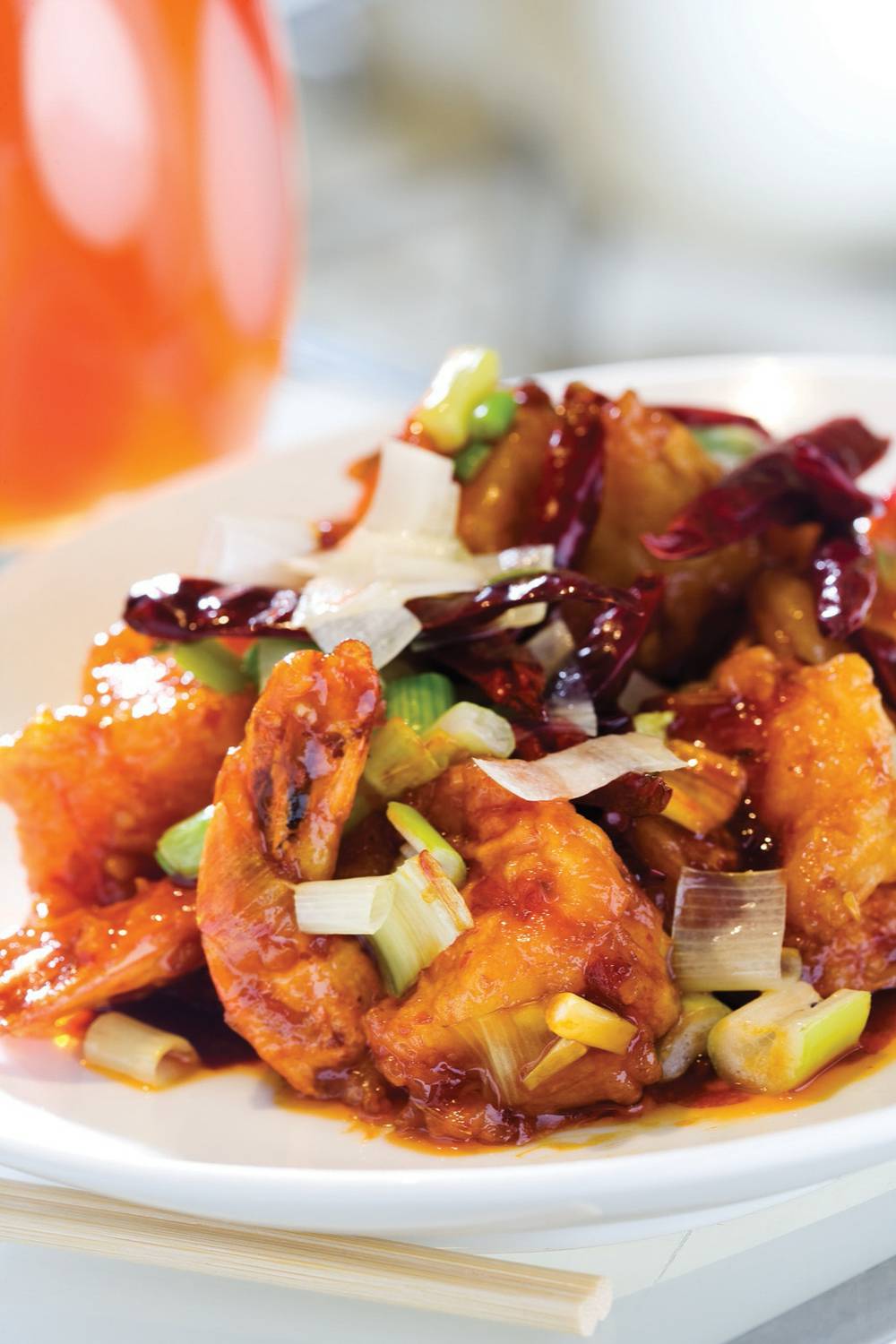
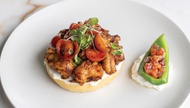
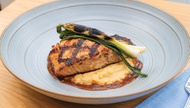
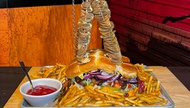
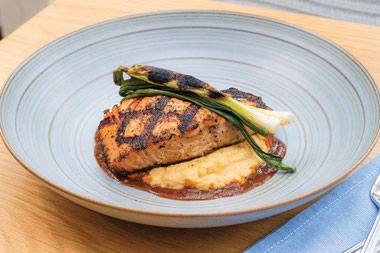
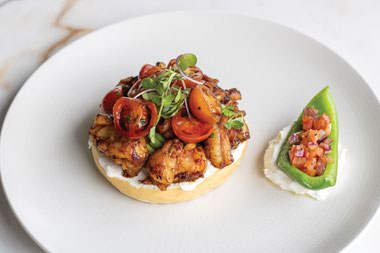
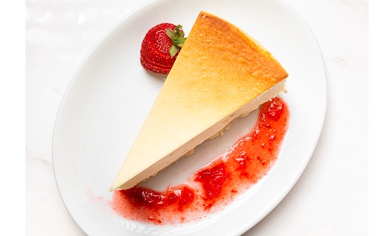
Previous Discussion: